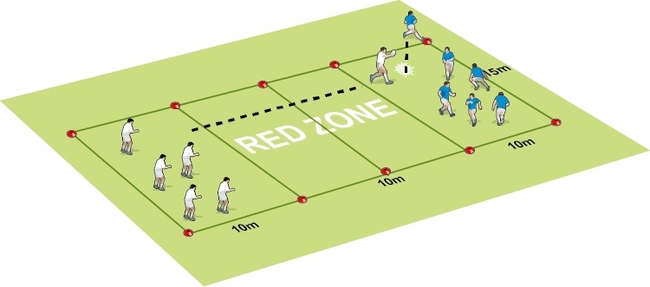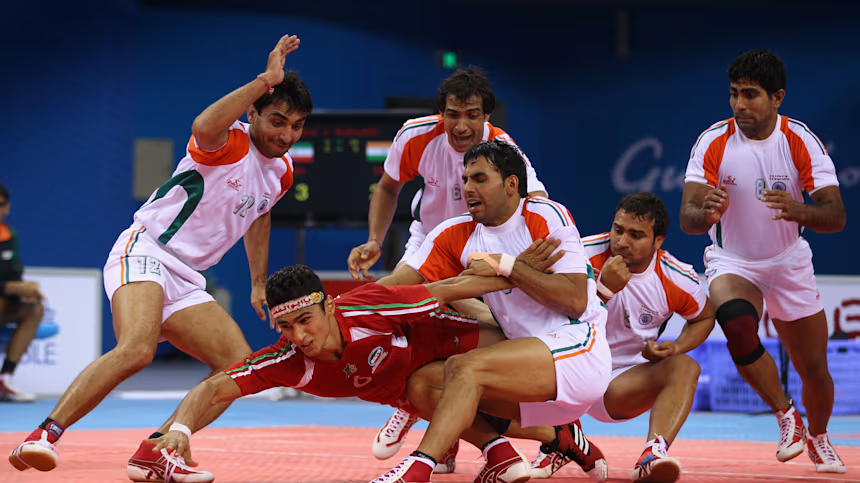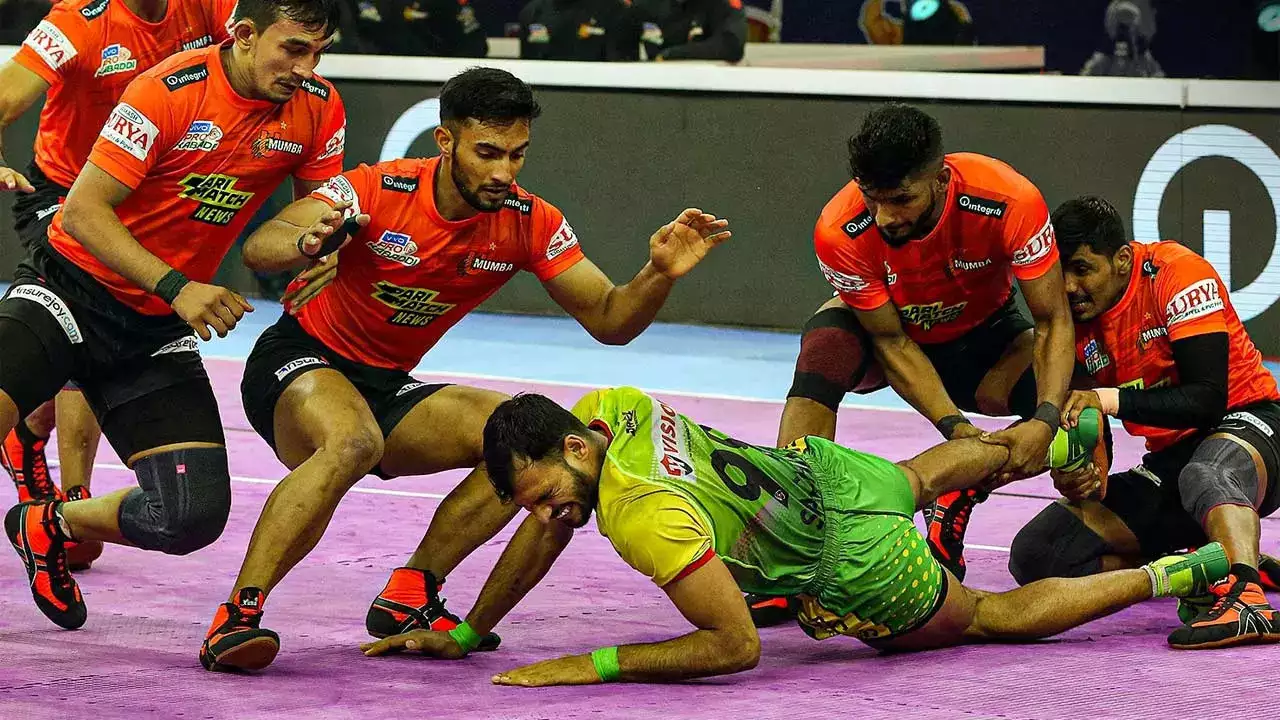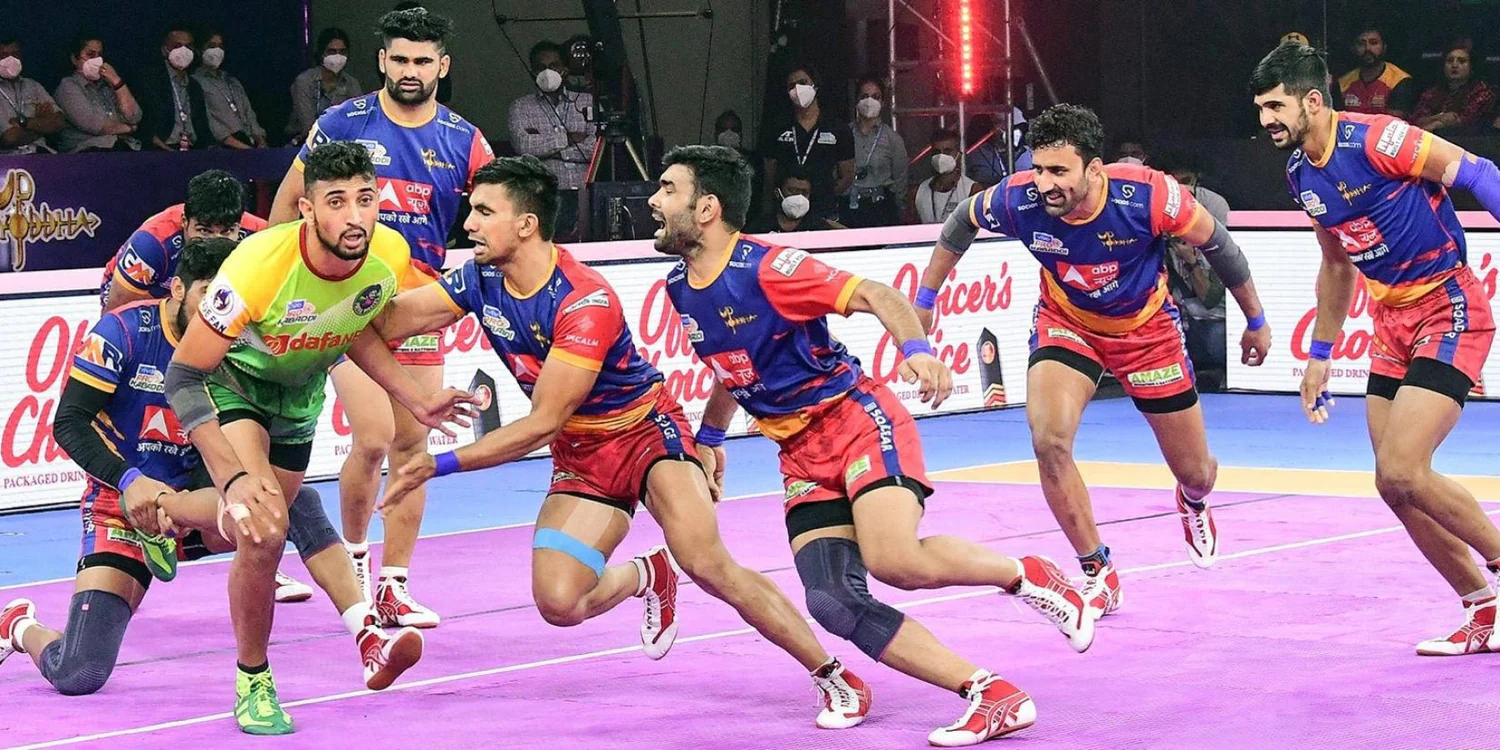In Kabaddi, the substitution rules allow teams to rotate players in and out of the game. This feature helps manage player fatigue, provide fresh energy during crucial moments, and adjust tactics as the game progresses. Effective substitutions are a key strategy that can change the course of the match, ensuring that teams remain competitive and dynamic throughout the game. In this article, we’ll explore the substitution rules, their significance, and how they can be used to enhance a team’s performance.
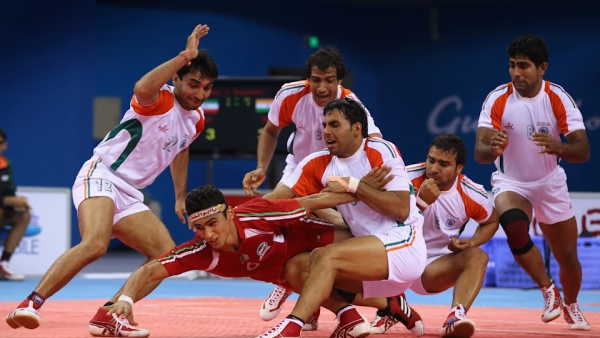
-
Kabaddi Substitution Rules – An Overview
The substitution system in Kabaddi is designed to allow teams to rotate players and maintain high energy levels. However, there are specific rules governing how and when substitutions can occur.
Basic Substitution Rules:
- Substitution Frequency: Teams are allowed to make a certain number of substitutions during a match. This number can vary depending on the league or competition, but typically a team can make 5-6 substitutions in a match.
- During Play: Substitutions can only be made during the stoppage of play, such as after a raid or when a player is out of the game. Players cannot be substituted during a live raid or tackle attempt.
- Substitute Players: Substituted players must remain in the designated substitution area until they are called onto the field. Once a player leaves the field, they cannot return until their next substitution.
-
The Importance of Substitution Timing
The timing of substitutions is crucial in Kabaddi. A well-timed substitution can inject new energy into the team, capitalize on weaknesses in the opponent’s defense, and maintain defensive solidity. Poorly timed substitutions, on the other hand, can disrupt a team’s rhythm and leave them vulnerable.
Key Factors in Timing Substitutions:
- Player Fatigue: Substituting players who are fatigued or have made multiple raids can prevent them from becoming exhausted and making mistakes.
- Match Momentum: Substituting at key moments, such as during a pivotal point or when the team is under pressure, can help swing the momentum in your favor.
- Injuries or Recovery: If a player is injured or showing signs of fatigue, it’s important to substitute them quickly to avoid further injury or a decrease in performance.
Advanced Tips:
- Use Substitutions to Change Tactics: If the game’s tempo changes, use substitutions to adjust tactics. For example, bringing in a fresh raider can catch the defending team off guard.
- Substitute Based on Match Situation: In close matches, use your substitutions to maintain defensive stability or give your raiders a boost during a key moment.
-
How to Utilize Substitutions for Offensive Strategy
Substitutions are an excellent way to inject new life into the attacking side of the game. By rotating players in and out, you can keep the raiding team fresh and create more opportunities to score.
Offensive Substitution Strategies:
- Fresh Raiders: Substituting raiders in the middle of the game ensures that the attacking side stays aggressive and full of energy. Fresh raiders can take advantage of tired defenders and create more chances for successful raids.
- Substituting for Key Moments: If you’re trying to break a defensive block or score a crucial point, bringing in a skilled raider at the right moment can make a significant impact. Timing is key when introducing a high-impact raider.
- High-Intensity Substitutions: When the match is at a critical juncture, bringing in a player who can handle high-intensity situations or one who is particularly skilled at evading tackles can turn the game in your favor.
Advanced Tips:
- Create Distraction: A fresh raider can also serve as a distraction for defenders, giving other raiders more space to make successful raids.
- Target Weaknesses: Observe how the opposing defense is performing and substitute raiders who can exploit specific weaknesses in their defense.
-
How to Utilize Substitutions for Defensive Strategy
Defenders also benefit from strategic substitutions. Fresh defenders can add stability to the defense and help neutralize the raiders’ attacks. Substituting at the right moments can also provide an opportunity to switch up defensive tactics.
Defensive Substitution Strategies:
- Tired Defenders: Substituting tired defenders helps maintain the team’s defensive efficiency and prevents costly mistakes. Fresh defenders are better equipped to react quickly to fast raids.
- Change Defensive Tactics: If the opposing team is successfully raiding with a particular strategy, substitute defenders who can adapt to those tactics and offer a new approach.
- Key Defensive Moments: In critical defensive moments, such as when the opposing team has momentum or is about to score a super raid, substituting for a strong defensive player can tip the scales in your favor.
Advanced Tips:
- Defender Pairing: Use substitutions to change defender pairings. Sometimes, a different defensive combination can better neutralize an aggressive raider or a specific attacking style.
- Match Defense and Offense: If you are defending with fewer players, make substitutions to bring in defenders who can coordinate effectively with remaining players.
-
Balancing Substitutions – Managing Player Rotation
Balancing substitutions throughout the game is crucial for maintaining a steady performance. The goal is to rotate players in a way that ensures no player is overexerted, and both offense and defense are maintained at a high level.
Key Considerations for Managing Substitutions:
- Avoid Over-Rotation: Rotating too often can disrupt the flow of the game and confuse players. Stick to a planned substitution pattern to ensure cohesion within the team.
- Monitor Player Performance: Keep track of how each player is performing. If a player is playing exceptionally well, consider giving them more time on the field before making a substitution.
Advanced Tips:
- Adjust Based on Game Situation: If the game is tight and every point matters, adjust your substitution strategy accordingly. Focus on bringing in fresh legs when needed and keep an eye on the clock for key moments.
